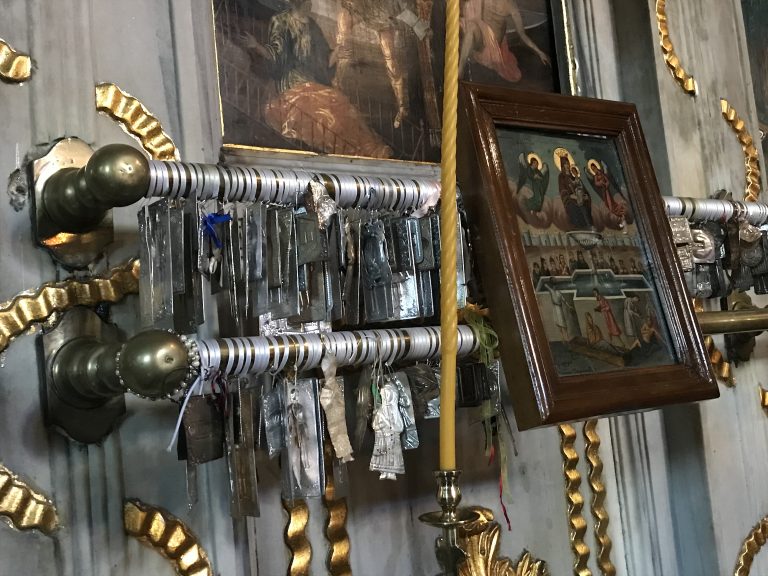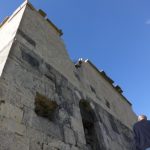“Olive Headland”
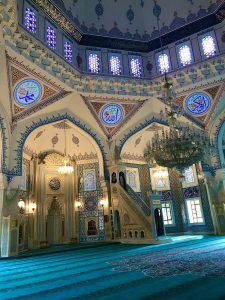
West of İstanbul’s great Land Walls lies the large administrative district of Zeytinburnu. Within it there is also a smaller residential area that is actually called Zeytinburnu.
This is not somewhere most tourists are going to want to come since it’s singularly devoid of historic monuments. It is, however, an area with sizeable immigrant communities, in particular from Afghanistan and the Uighur area of northwestern China that is sometimes called East Turkestan.
There are a few sights worth seeking out, especially close to the old Land Walls. These include the large Seyyid Nizam Cami which may be Sinan-lite but is still rather impressive. It was built in 2013-4 to a design by Aydın Yüksel. Seyyid Nizam was an Iraqi Sufi who came to Constantinople in the early 16th-century and became associated with Merkez Efendi, a 16th-century Sufi leader, whose complex, the Yenikapı Mevlevihane (Dervish Lodge), is nearby.
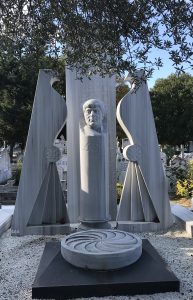
Originally founded as a grand Sufi base in the 16th century, the Lodge burned down in 1906 after which it was rebuilt and expanded. When Atatürk abolished the dervish orders in 1925, it fell into decay, eventually being used for storage and then as a student dormitory. A second fire in 1961 left only a part that could be used as an orphanage. A third fire in the 1990s wrought even more damage. Restored as a grand Mevlevihane, it now forms part of Fatih Sultan Mehmet University.
Not far away in the Merkezefendi area are the Balıklı Greek and Armenian cemeteries; the writer and publisher Hrant Dink was buried in the latter following his murder in 2007.
The BalIklI Rum (Greek) Church (once St Mary ad Fontem) stands over the site of an ayazma, a sacred spring which is associated with a romantic story according to which the Byzantine emperor Justinian was cured of kidney-stone problems after drinking its water. In gratitude he sent some stone intended for Hagia Sophia to build the first church here. A further story relates how a monk was frying fish here at the time of the siege of Constantinople. Just as he was muttering “the Turks are about as likely to occupy the city as these fish are to come back to life” the fish jumped out of his pan and into he water. We all know what following on from that.
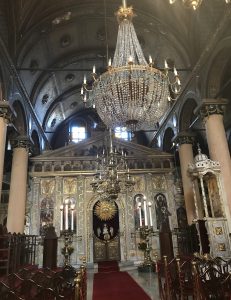
The beautifully maintained church stands in a courtyard containing the graves of some of the patriarchs. It also has many tombstones in the Karamanlı language, an originally Central Anatolian language in which Turkish was spoken but written using the Greek alphabet. Some of them also show the tools of the trade of the deceased.
Since 2005 Zeytinburnu has also had a small medicinal plants garden rather like the physic garden in Chelsea in London.
Eating
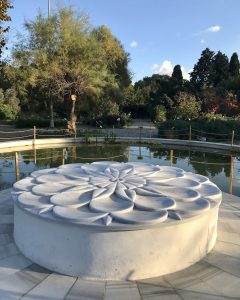
If you would like to try the taste of Uighur China then this is the area to come. The Uighurs make their own form of mantı (dumplings) as well as several other dishes that are similar to more familiar Turkish ones. It’s also well worth trying out lagman, the Uighur take on noodles.
Transport info
You can get to Zeytinburnu on the T1 tram from Sultanahmet or you can take the Marmaray from Sirkeci to Zeytinburnu station.
Nearby areas
